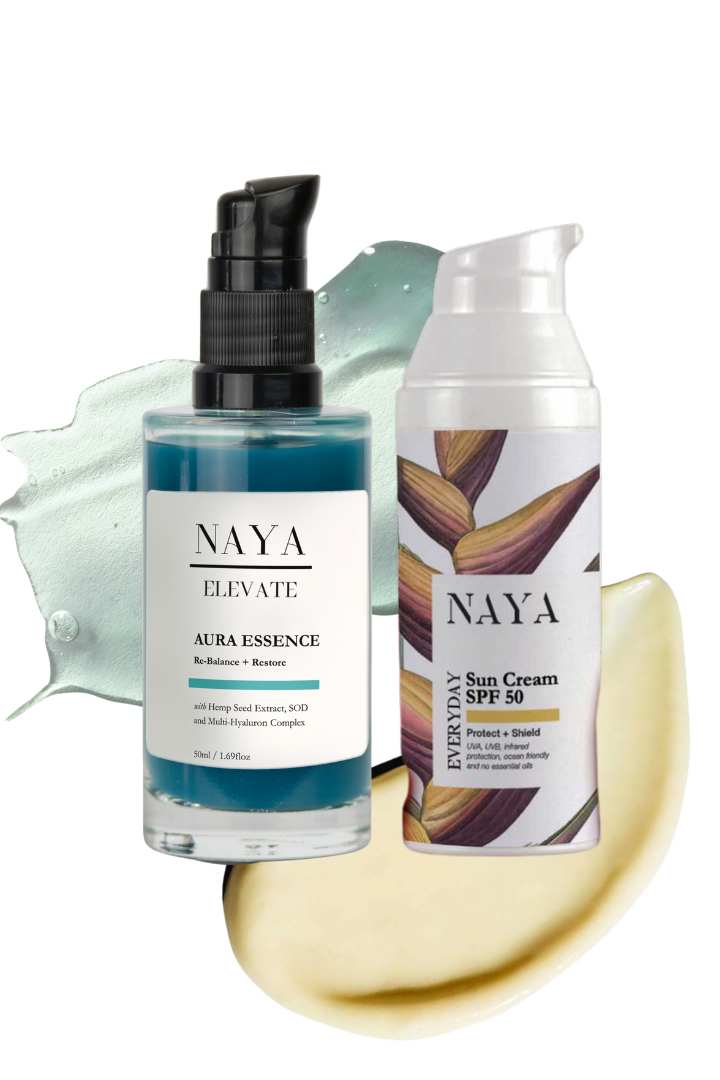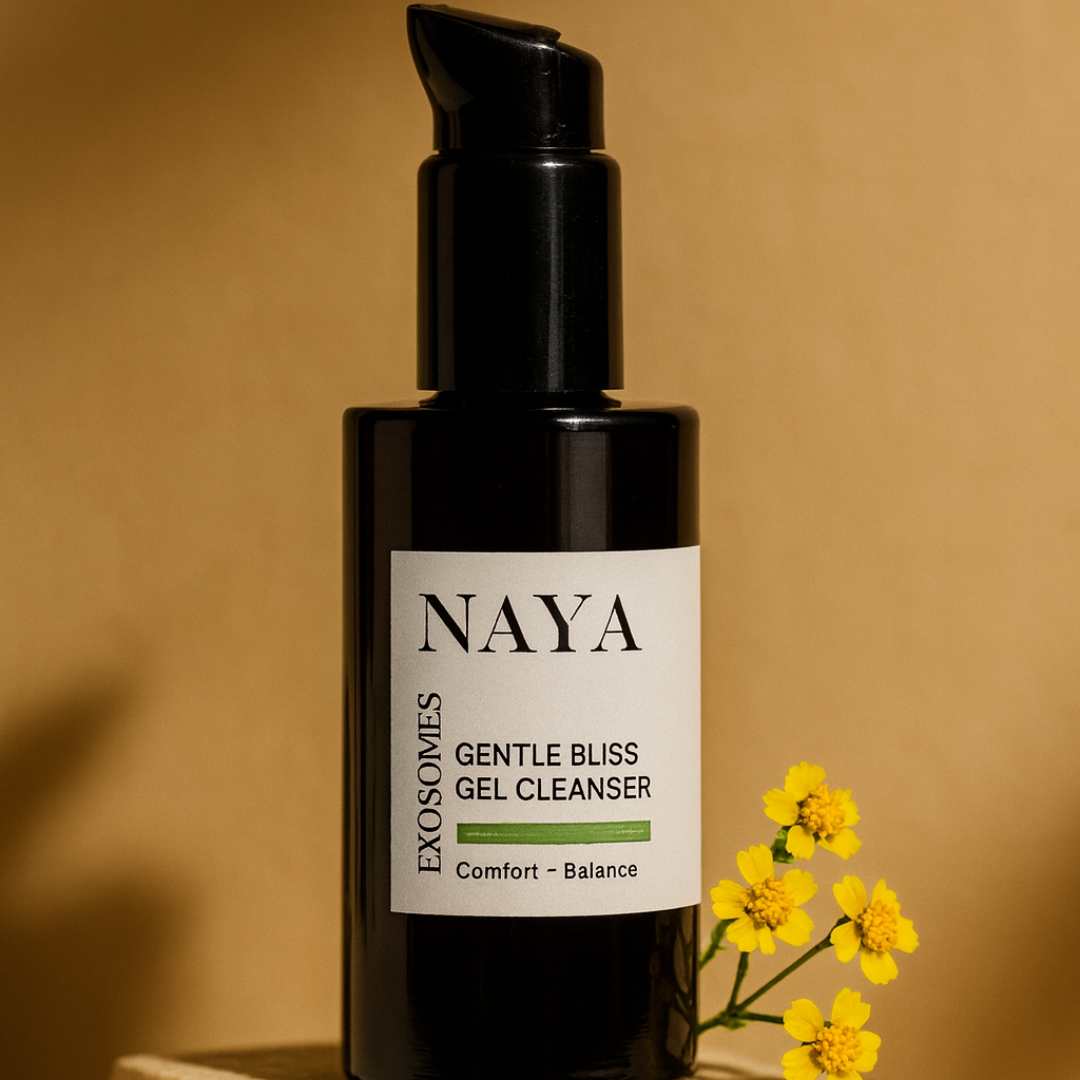Exosomes vs. Stem Cells: Understanding the Difference in Skincare
Exosomes Are Not Stem Cells – And Stem Cells Do Not Contain Exosomes
In the fast-evolving world of skincare, scientific terminology can often be misused or misrepresented. A common misconception is that “plant stem cells contain exosomes.” This is scientifically incorrect. In this article, we clarify the distinction between these two biological entities and why understanding the difference is essential when evaluating skincare products.
What Are Stem Cells?
Stem cells are undifferentiated units with the remarkable ability to self-renew and transform into various specialized cell types. This regenerative capacity is fundamental to tissue repair and development. There are three main categories:
- Embryonic Stem Cells: Capable of differentiating into any cell type in the body.
- Adult Stem Cells: Located in tissues and organs, these help maintain and repair the surrounding environment.
- Induced Pluripotent Stem Cells (iPSCs): Mature cells genetically reprogrammed to behave like embryonic ones.
In skincare, references to “plant stem cells” are often used to suggest regenerative effects. However, these are not comparable to human stem cells in function or benefit. Their biological systems, including their communication networks and structural properties, differ significantly—limiting their role in human skin regeneration.
What Are These Nano-Carriers?
Small lipid-based particles released by many cell types—including immune cells, fibroblasts, and stem cells—function as messengers by transferring bioactive cargo. These nanovesicles play a key role in cell-to-cell communication, particularly in response to injury or environmental stressors.
Their structure contains membrane proteins and a mix of nucleic acids (such as microRNA and mRNA), signaling lipids, and growth factors. This molecular cargo enables them to influence nearby cells by regulating processes like inflammation, repair, and the immune response.
They are secreted through a highly controlled biological process involving intraluminal vesicles (ILVs) formed inside multivesicular bodies (MVBs)—part of the endosomal sorting complex required for transport (ESCRT) system. Once released into the extracellular space, these vesicles interact with cell surfaces to deliver their cargo, triggering targeted biological responses in specific cell types.
Clearing Up the Confusion: “Stem Cells Contain Exosomes”
This statement is misleading. Here’s why:
• Not Stored Internally: These vesicles are not housed within stem cells; rather, they are secreted as part of the cells’ biological function.
• Release vs. Containment: While stem cells can release nanocarriers, they do not “contain” them. The distinction lies in production and secretion, not storage.
• Plant Cells Operate Differently: Due to their rigid structure and distinct communication systems, plant stem cells do not engage in the same vesicular communication.
• Lack of Evidence: There is no verified research confirming that plant-based cells generate nanocarriers that can impact human skin at a cellular level.
Role in Regenerative Skincare
In medical science, these vesicles have garnered attention due to their regenerative properties.
When doctors perform stem cell transplants, they achieve part of the therapeutic effect through the secretion of these lipid particles. Their interaction with specific cell types helps regulate tissue repair, reduce inflammation, and promote cell turnover.
In dermatology, they are being explored for their potential to:
• Stimulate collagen synthesis
• Improve skin hydration
• Calm inflammatory reactions
• Support wound healing and elasticity
Misuse in Marketing
Many brands blur the lines between plant extracts, stem cells, and these messenger vesicles to sound more advanced. This often leads to overstated claims and consumer confusion.
Why it matters:
• Scientific Inaccuracy: Mixing up different biological systems, like saying plant stem cells work like himan ones, hurts consumer trust.
• False Expectations: Plant extracts and vesicle-rich formulations are not interchangeable.
• Regulatory Risks: Wrong labelling or false claims can attract attention from regulatory agencies.
Do Plant-Derived Vesicles Work?
New research shows that plants can release their own type of nano-messengers. These messengers are often separated using advanced cell culture methods. These plant-sourced particles, although different in origin, appear to enhance cell-to-cell communication in the epidermis.
At NAYA, we harness this potential by extracting lipid particles from ethically grown plant cells. These messengers are carefully cultivated in lab-controlled conditions to ensure purity and bioactivity. Unlike stem cells, these lipid-based carriers do not add DNA or cause uncontrolled growth. This makes them a safer and more sustainable option with fewer rules to follow.
They support natural skin functions by:
• Boosting intercellular signaling
• Reinforcing the skin barrier
• Encouraging repair without immune rejection
And importantly, because they are not derived from human or red blood cells, they offer an ethical, vegan-friendly option without compromising efficacy.
Why the Difference Matters
Understanding the distinction between stem cells and the vesicles they release helps avoid misleading product claims and allows for smarter skincare choices. Key takeaways:
• Stem Cells ≠ Vesicles: The former are cells capable of regeneration; the latter are nano-sized messengers secreted by cells.
• No Vesicle Storage: These carriers are not stored inside stem cells but are released during normal cell activity.
• Different Origins, Different Effects: Plant-derived lipid messengers do not behave identically to human-derived ones, but both show promise in topical skincare.
• Biological Function, Not Buzzwords: Focus on formulations backed by science, not marketing hype.
Final Thoughts
As scientific advancements continue, topical applications involving nano-messaging particles offer exciting potential. But not all claims are created equal. Whether derived from human cells, plants, or other sources, the efficacy of these skincare components depends on how well they mimic natural biological functions without causing unwanted side effects.
Consumers deserve transparency. By understanding the role of membrane proteins, nucleic acids, and the complex required for transports, we can better navigate product labels and claims—and make informed decisions about what truly benefits the skin.
Here is a common FAQ Page to highlight the difference between Stem Cells and Exosomes.











Leave a comment